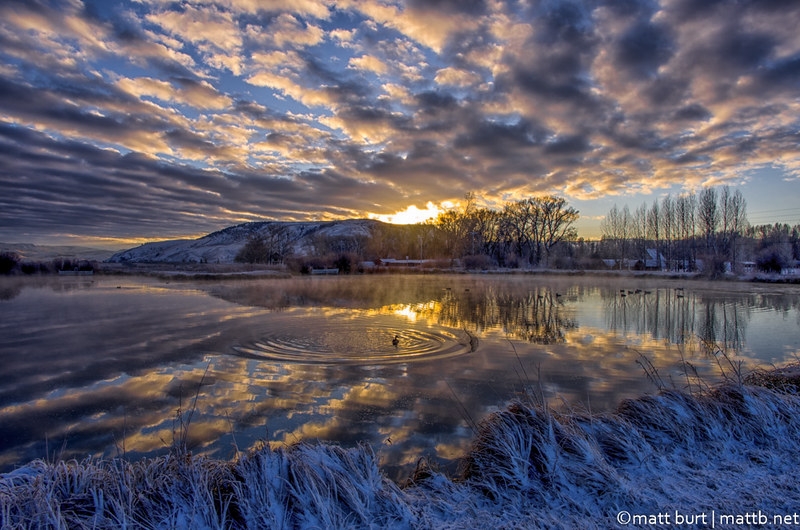Yeah, the primary factors I see going into that look:
UWA lens, I usually grab the DA 15 if I'm after this kind of composition.
Stopped down, foreground to background is sharp. Hyperfocal can work for this too.
Probably used a tripod.
Got up early for the light and very calm water.
Backlight
Probably exposed for the sky and brought up the shadows (based on not much blown out in the sky). A grad ND could work for that too. Or HDR.
Low ISO (low noise)
As for processing, like I said earlier a way to get this look is to expose for the brighter sky and rely on dynamic range to bring detail back into the shadows.
Definitely some sharpening. I like Nik plugins for the Detail Extractor which can make things very sharp and help with shadow detail.
Here's one of mine where I used all of these techniques. Not perfect but it was the best I could get that morning.



 Similar Threads
Similar Threads 








 I was after suggestions of specific steps he took in Lightroom (description says he used LR).
I was after suggestions of specific steps he took in Lightroom (description says he used LR).




 Post #8 by mattb123
Post #8 by mattb123








